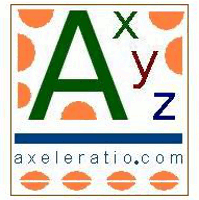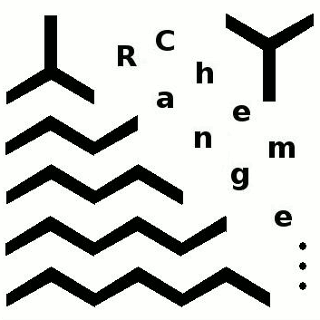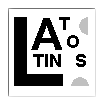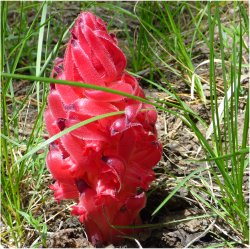| Exploring | Extracting | Evaluating | Encoding |
| Data Mining | Compounds | Relationships | Nanostructures |
| Libraries | Properties | Similarities | Macromolecules |
| Localities | Terms & Codes | Algorithms | (Meta)materials |
Extracting compounds,
materials, minerals and nanodevices
Automatic extraction,
storage and communication of nanostructure & material
information requires unique identification of chemical items
represented by synonyms and variable notations.
Axel Drefahl has developed an
HTML
microdata vocabulary
for Semantic-Web-minded design of pages with chemical
content (see
HTML5 chemical identifier code examples).
He also developed the
CurlySMILES language
and initiated the
CurlySMILES project
to capture complex nanostructures.
Mining the multitude of available chemical resources,
however, one cannot always expect adherence to standards such
as IUPAC nomenclature recommendations, the use of linear
notations such as InChI, SMILES and CurlySMILES or XML-based
annotations. Therefore, we also develop and employ
independent text parsers and acquisition tools at
Axeleratio—targeting emerging fields and their items,
including fullerenes, metal-organic frameworks as well as
doped and coated nanoparticles and composites,
just to name a few.
| Axeleratio Home | |
| ChemRange | CurlySMILES |
ThermoML Mining
>> About ThermoML>> Chemical property range
>> Multiple components
>> Solvent effects
Structure Encoding
>> CurlySMILES language>> CurlySMILES project
>> Enantiomers
>> Homopolymers
>> HTML5 chemical microdata
Curiosity & Learning
>> Chemical trails>> Mushroom hunting
>> Culturomics
>> The Loomis legacy
>> 2-D solid electrolytes







